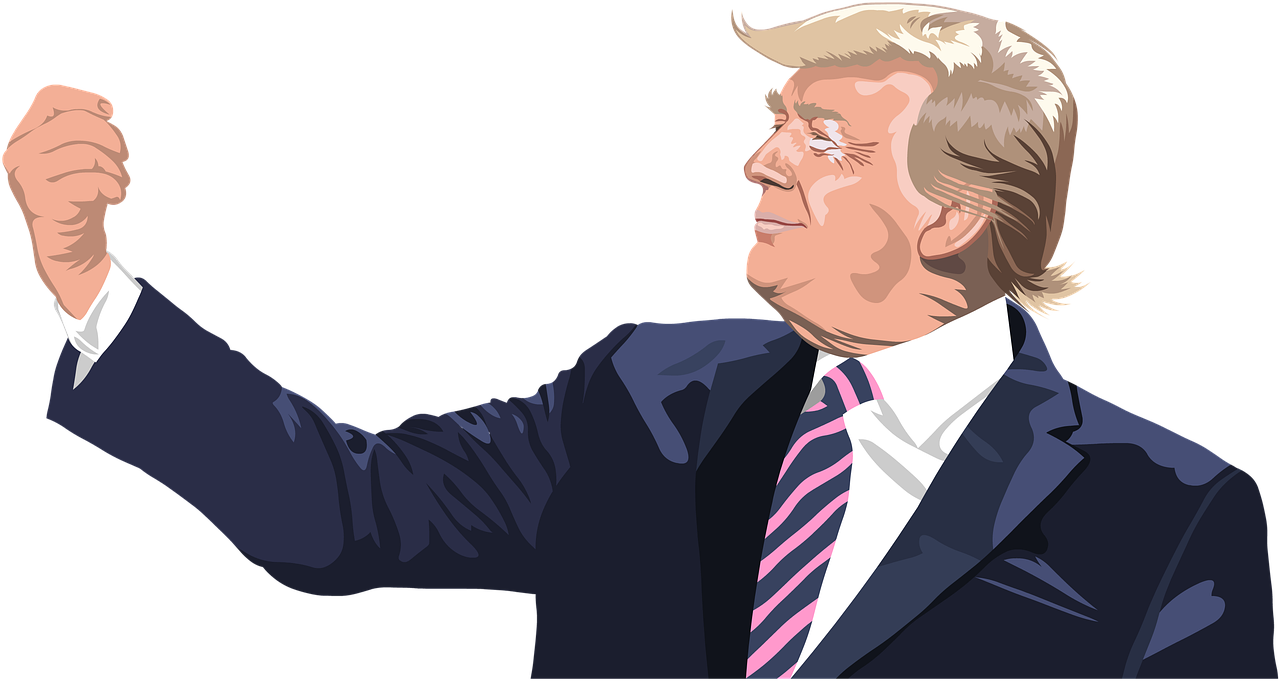 Economy
Economy
The U.S. Economy Under Donald Trump in 2025
In 2025, the U.S. economy is back on the front pages, in the wake of Donald Trump reentering the White House and crafting an agenda for the financial future of the nation. His return is not merely a political transition; it also marks a moment of utmost significance for investors, workers, and businesses navigating through uncertain waters.
Familiar Yet Distinct
Trump’s presidency from 2017 to 2021 was characterized by tax cuts, deregulation, and an “America First” trade mentality coupled with showy American exceptionalism. Jump to 2025, and many of those themes are back in conversation—yet the economic backdrop remains wildly different. The U.S. is now facing slower growth, persistent inflation pressures, and tough competition from China and India while trying to seize the moment with AI, green energy, and reshored manufacturing.
In a phrase, Trump will face a tougher and more complex economic conundrum than before.
Jobs, Wages, and the American Worker
The presidency has now fed power to reshoring of jobs and enhancement of American manufacturing as topmost priorities. In 2025, provisions for new industrial parks through various incentives for domestic production aim to objectify over-dependence on global supply chains.
For workers, this might mean more opportunities in construction, energy, and industrial sectors. Yet, protectionist policies could escalate consumer prices, which some say is a way to erode further wage gains.
Wall Street Meets Main Street
As per market tradition, stocks reacted with a considerable amount of volatility at the return of Trump, although three main areas are in the focus of investors:
- Tax Policy – Wall Street is lively with discussions about extending the 2017 tax cuts; however, the long-term implications for deficits cast a significant shadow.
- Regulatory Rollbacks – Looser regulations for fossil fuel, banking, and infrastructure projects are seen favorably by some sectors.
- Trade Wars 2.0? – Renewed tariffs against imports, especially from China, could send markets and consumer prices into a tailspin.
Energy: Drill Baby Drill vs. Green Dreaming
A very conspicuous distinction in Trump’s economic vision is energy. The administration is advocating the expansion of oil and gas operations, claiming it would lower energy prices and create jobs—an anti-thesis to the clean energy transition policies imparted by the predecessor.
For investors, this battle offers both opportunities-traditional energy companies may experience a revival, And clean-tech firms may struggle unless they change course.
Inflation, Debt, and Global Credibility
U.S. debt crossed $34 trillion in 2024. Trump’s spending priorities-defensive buildup, infrastructure, and tax cuts-have brought back debate concerning fiscal sustainability. In the meantime, the Federal Reserve is juggling trade-offs between inflation considerations and aiming to cut rates for stimulating growth.
Fiscal credibility of the U.S. with respect to dollar’s stability and dominancy will also affect the consideration of nations on proposed trade disputes.
The Big Picture: Risks Vs Rewards
Whether Trump's book of economic policies creates the auspicious conditions for growth or new instabilities will depend on how he executes it-and his luck. Anything can happen; if reshoring succeeds, wages rise, and inflation drops, the U.S. will see a manufacturing-led renaissance-or, if trade wars get hot and deficits swell, potential risks would outweigh the rewards.
2025 is thus shaping up to be an experimental, transitional, and uncertain year. Trumpomics will not provide a rerun of 2017; rather, It will act as a sequel in a world that is far more complicated.
← Back to Home